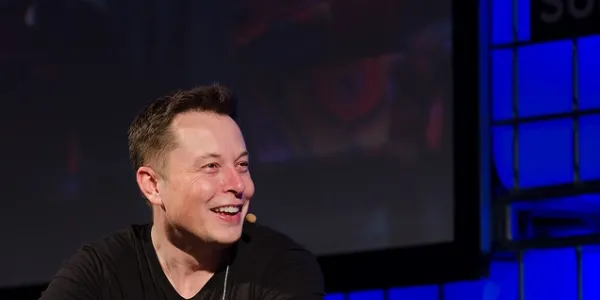Musk: SolarCity to become world's 'lowest cost' PV manufacturer
SolarCity chairman Elon Musk has thrown down the gauntlet to Chinese PV producers, expressing confidence that SolarCity’s factory under construction in upstate New York will make it the world’s “lowest cost” solar manufacturer.
